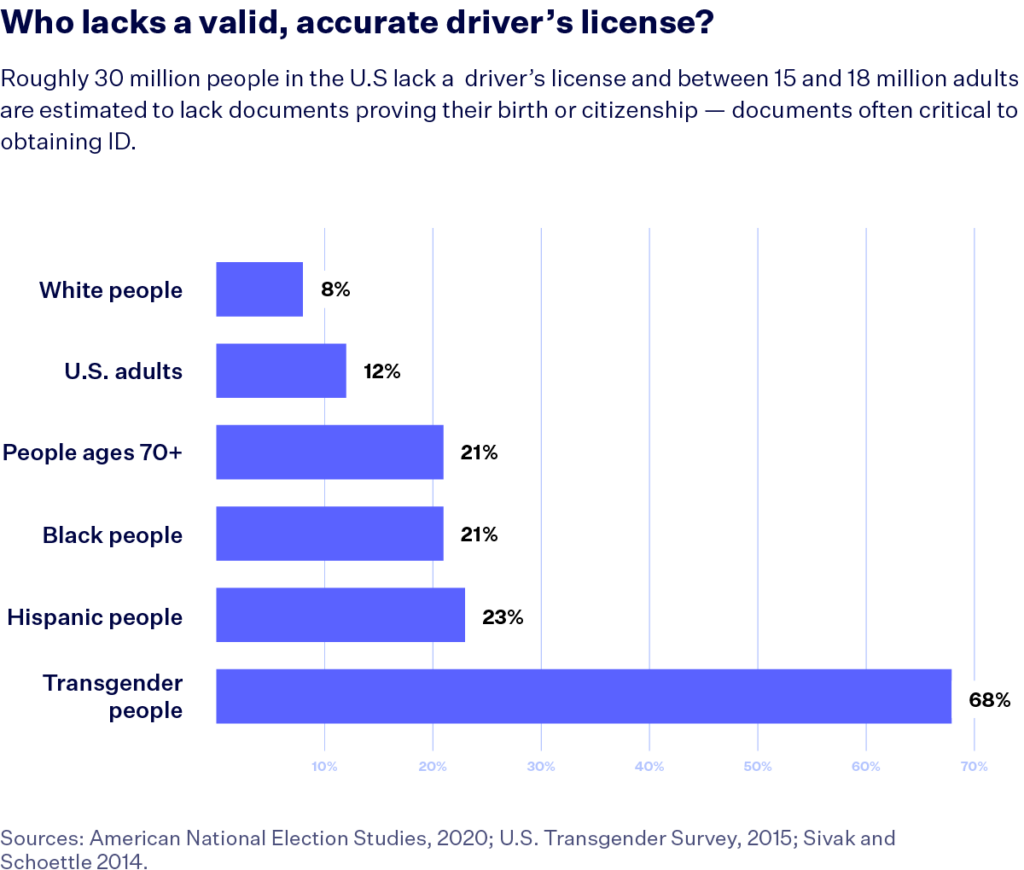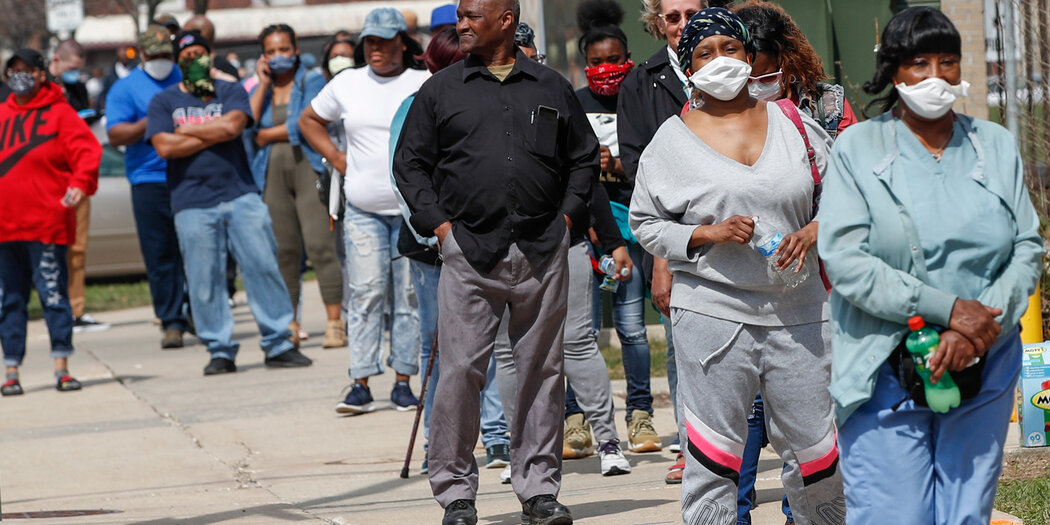
Voter ID laws have emerged as a contentious issue within the electoral landscape both in the United States and the United Kingdom, significantly affecting voter access and participation. While proponents argue that such measures enhance electoral integrity, numerous studies and reports suggest that they disproportionately disenfranchise vulnerable populations.
Barriers to Accessing Voter ID

The Movement Advancement Project elucidates considerable barriers to obtaining ID in the U.S. that transcend mere inconvenience. Factors such as the necessity for multiple forms of additional documentation, financial burdens, and service availability pose substantial obstacles to many individuals. About 15 to 18 million people in the U.S. lack access to essential documents that prove their birth or citizenship, crucial for acquiring identification[1]. The financial implications are dire, particularly for marginalized groups; for example, one-third of transgender individuals reported spending over $250 on name changes to match their gender identity, with many unable to afford these costs[1].
In the UK, the situation reflects similar concerns following the introduction of voter ID requirements. Data from the May 2023 local elections revealed that approximately 14,000 individuals were turned away for lacking the necessary photo ID, with the proportion higher among ethnic minorities and unemployed voters[6]. The Electoral Commission acknowledged that this figure likely underestimated the actual number of disenfranchised voters since many potential voters may have turned away upon learning about ID requirements[6].
Impact on Marginalized Communities

Voter ID laws exacerbate existing inequalities, disproportionately impacting communities of color and low-income individuals. The Brennan Center highlights a significant racial turnout gap following the implementation of strict voter ID laws in various states, with research indicating that these measures hinder Black and Latino voters more acutely than their white counterparts[3]. In North Carolina, studies revealed that the enactment of such laws reduced turnout even after the laws were repealed, indicating a lingering effect on voter behavior[3].
In the UK, similar concerns have been raised regarding young voters and those without stable economic standing. The Good Law Project criticized the Elections Act 2022, asserting that the list of acceptable IDs fails to represent younger citizens effectively, thus creating barriers specific to this demographic[5]. As youth tend to favor progressive candidates, disenfranchising them poses a political risk for the ruling government and raises moral questions about fairness in the electoral process[5].
Voter Turnout and Engagement
The evidence indicating the adverse effects of voter ID laws on turnout is compelling. A significant body of research correlates strict ID requirements with decreased voter participation rates among marginalized communities. In Texas, voters of color were found to be disproportionately barred from voting due to ID requirements, suggesting that these laws are not merely procedural but serve as structural barriers to engagement[3]. The broad consensus among studies indicates that while some argue voter ID laws have a minimal impact on overall turnout, they clearly hinder access for vulnerable groups, making participation in the electoral process more difficult for them[3].
In the UK, despite widespread support for voter ID laws—approximately two-thirds of Britons support them—there remains a palpable concern about the detrimental impacts on turnout, especially for groups already facing challenges in accessing the electoral process[2][6]. Awareness of the new rules is high; however, significant segments of the populace, particularly among younger demographics, remain uninformed about these requirements, thus further complicating their ability to vote[2].
Legal and Political Ramifications

The political ramifications of implementing voter ID laws are profound. Critics argue that they serve as tools for disenfranchisement rather than measures of integrity. For instance, in the U.S., Republicans have faced accusations of exploiting voter ID laws for electoral advantage, as evidenced by strict regulations that often target demographic groups less likely to possess the required IDs[1].
In the UK, the introduction of voter ID has faced legal challenges based on claims of unlawful disenfranchisement impacting individuals with disabilities and other marginalized populations[5]. The discourse surrounding these laws often centers on balancing electoral integrity with ensuring equitable access to voting rights, posing significant questions about democracy's inclusivity and fairness.
Conclusion
The implications of voter ID laws are profound and multifaceted, affecting how segments of the population engage with democracy. While designed with the intention of safeguarding electoral integrity, the resultant disenfranchisement reflects systemic inequities that undermine the very principles of democratic participation. Addressing these issues requires a re-evaluation of ID requirements and a concerted effort to make the electoral process more accessible for all citizens, regardless of socio-economic status or background.
Get more accurate answers with Super Pandi, upload files, personalized discovery feed, save searches and contribute to the PandiPedia.
Let's look at alternatives:
- Modify the query.
- Start a new thread.
- Remove sources (if manually added).